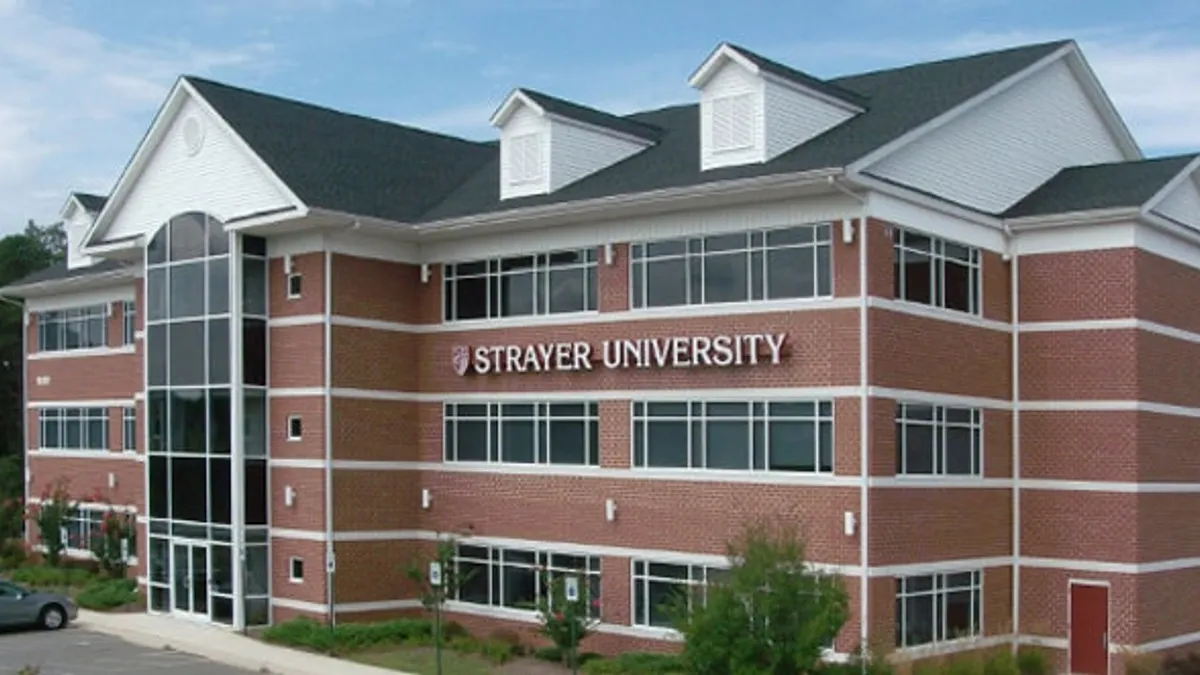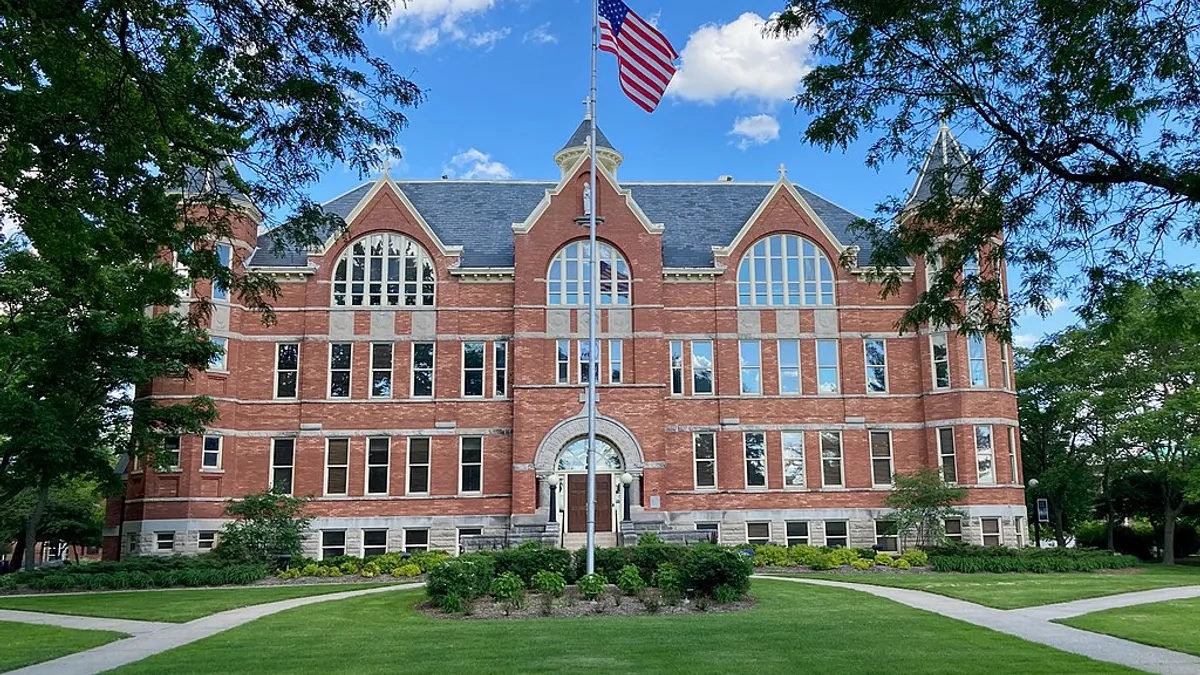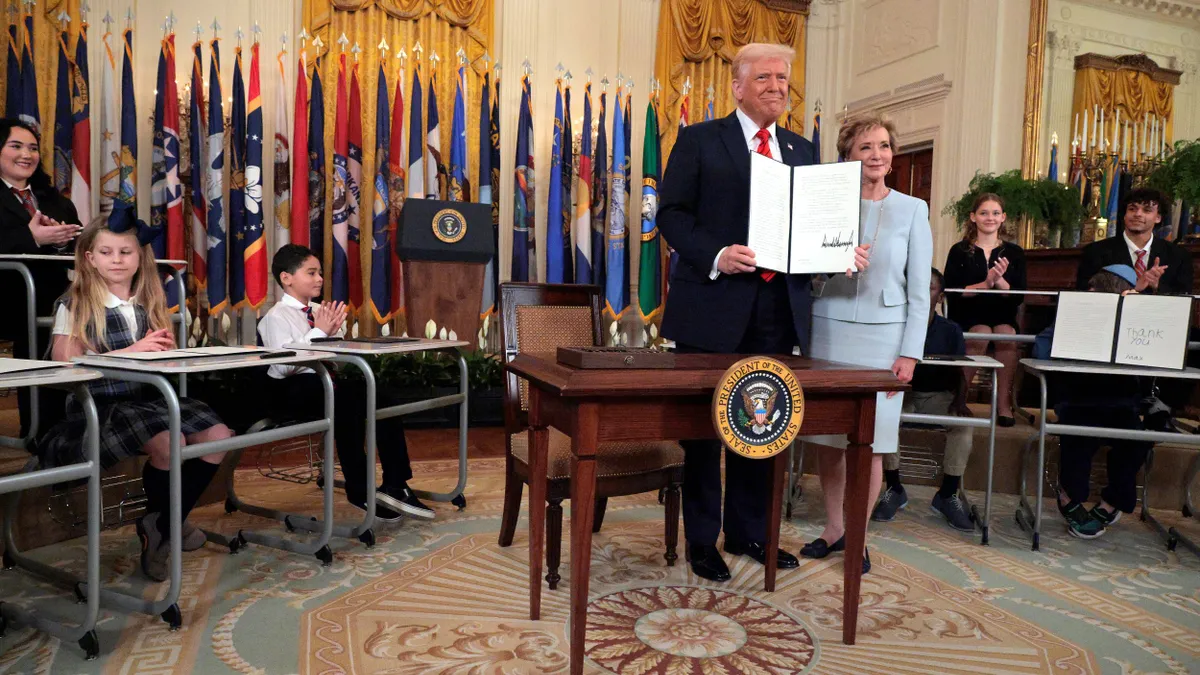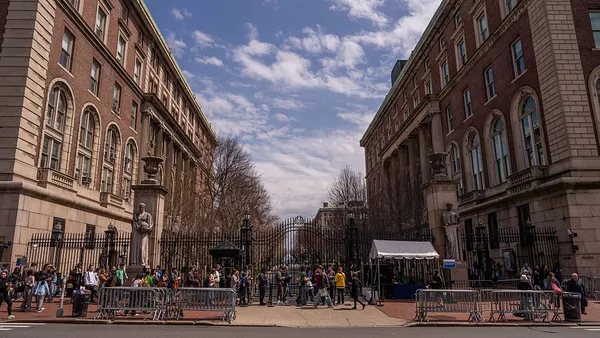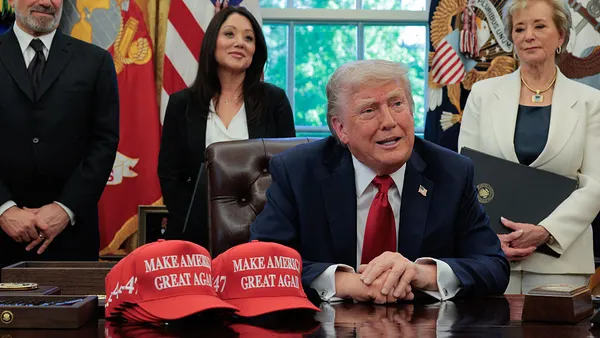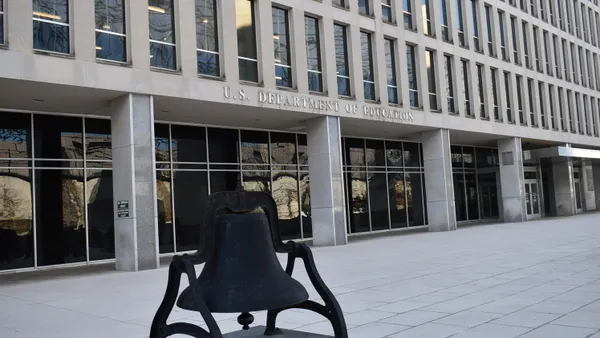Dive Brief:
- A new report provides states with concrete guidelines for expanding access to dual enrollment programs, which let students earn college credit while still in high school, in accordance with new rules under the Every Student Succeeds Act (ESSA).
- ESSA provides financial incentives for evidence-based dual enrollment programs, but states and local education agencies are now subject to new accountability measures that may require them to collect more data on how students use these programs.
- The report, produced by the College in High School Alliance, also features best practices for state policy leaders and a series of core principles for dual enrollment programs — including making access equitable for all students, forming solid higher ed partnerships, and ensuring a high level of course quality.
Dive Insight:
Early college models have been around since the 1950s, as the College in High School Alliance report notes, but they've blossomed in the past decade, as schools look to shore up the number of graduates enrolling and fully prepared for college coursework. The passage of ESSA will make new grant funds available for states and districts with dual enrollment programs, and opens up other funding sources to create and run these programs and hire qualified instructors for programs that rely on district employees to teach college-level courses.
In one such program, at Pikes Peak Early College in Colorado, students are paired with a guidance counselor early on to help them discover how their high school experience will look, and then spend two days a week off-campus taking online courses, doing internships, or earning credit at community colleges across the state, letting some students earn up to 15 credits per semester.
Similarly, 21st Century Charter School in Gary, IN, elusively serves students from low-income backgrounds and works with them to enroll in a local community college and earn high school and college credit simultaneously.


